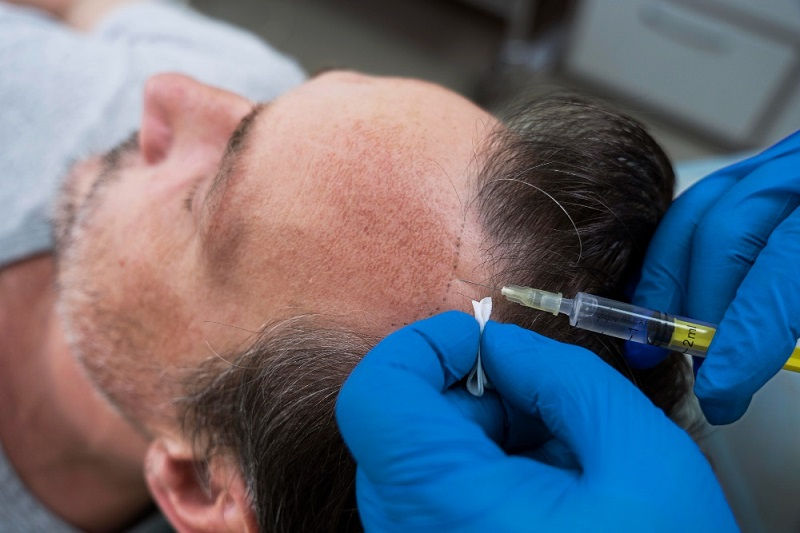Things to know about ADHD Treatment
- idavisnancy

- Jul 25, 2019
- 3 min read
ADHD means attention deficit hyperactivity disorder and it is a common problem in children. If your child suffers from deficit hyperactivity disorder then you must consult with a paediatrician or psychiatrist. There are five types of ADHD treatments available such as methylphenidate, dexamfetamine, lisdexamfetamine, atomoxetine and guanfacine. But there is no permanent treatment available for ADHD and such medications can help your child to adhere to new practices and skills. You need to start with the small dosage and then may increase the dosage of such ADHD treatment as per the suggestions of a paediatrician.
Here you can find the details of different kinds of ADHD Treatments:
Methylphenidate: This is the most commonly used medication for ADHD and this is a group of stimulates that will activate or boost up your child’s brain. Such medication can control the attention and behaviour of your children, and methylphenidate can be prescribed for the teenagers and children above five years of age. Children can take this medicine in the form of tablet for two to three times a day, and paediatrician may prescribe a modified release methylphenidate tablet for your children. In this case, children need to take modified release tablet once in the morning.
Increase blood pressure and heart rate is a common problem of this ADHD treatment. Apart from that, you can also find a few side effects of this medicine such as loss of appetite, weight loss, sleep amnesia, headache, stomach problems and mood swings.
Lisdexamfetamine: lisdexamfetamine and dexamfetamine is similar medication for ADHD treatment, and such medication can be offered for the teenagers and children above five years of age. Adults and teenagers need to take such medication for a longer period. Dexamfetamine or lisdexamfetamine is available in capsule form and you need to take one capsule in a day.
Dexamfetamine or lisdexamfetamine capsules have some side effects such as loss of appetite, weight loss, aggression, drowsiness, dizziness and headaches. Apart from that, patients can suffer from diarrhea, nausea and vomiting during this ADHD treatment.
Atomoxetine: atomoxetine is a different form of ADHD treatment and it increases a chemical called noradrenaline in the brain. Atomoxetine is a nonadrenaline reuptake inhibitor or SNRI, and such chemicals can pass through the brain cells to increase the controlling power of children. It is suggested to consult with a pedestrian before giving atomoxetine to your children because doctors will surely prescribe some medical tests to confirm if any ADHD problems of your child persist. Such ADHD treatments or medications can be prescribed for adults and teenagers only. Children below 5 years of age cannot take atomoxetine. You can find atomoxetine in capsule form and children can take atomoxetine twice a day.
There are some common side effects of atomoxetine like loss of appetite, weight loss, nausea, vomiting, stomach aches and irritability. If your child suffers from any side effect of such ADHD treatments then you must consult with your doctor to change the medicine or its dosage. Apart from that, atomoxetine has some serious side effects like liver damage, and your child can also suffer from acute depression after taking atomoxetine on a regular basis. Even children feel suicidal during this ADHD treatment and it is suggested to keep your child under proper medical supervision during this treatment.
Guanfacine is a simple medicine that can improve the attention of the brain and reduce the blood pressure of your children. This medicine is available in tablet form and your children can take this tablet once a day. Some side effects like fatigue, headache, abdominal pain and dry mouth can be found during this ADHD treatment process and you can consult with the doctor for further help. It is always recommended to consult a doctor for proper identification and treatment of your kid for faster recovery.








Comments